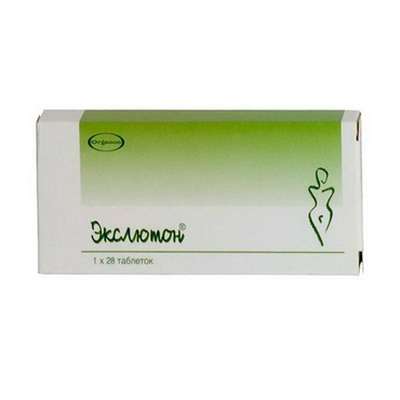Diagnosis and treatment of tuberculosis
06 Dec 2016
Immunologist Dr. Doping tells about mutations Koch bacillus, bacteria and macrophages identify immune response genes. What mechanisms of tuberculosis suppression are used in modern medicine? What is the role of genetics in the development of the infection? Why anti-TB drugs, started earlier, were unable to overcome the disease?
Mankind has suffered from tuberculosis throughout its history, this documentary proof. Nevertheless, the problem remains relevant, it has not been solved. It was a short time in the 1950-1960's, when there was great hope that the market after "Streptomycin" received several anti-TB drugs. Since the curve of disease and mortality went down sharply, there was a feeling that we are close to having to deal with tuberculosis. However, the causative agent of tuberculosis - Mycobacterium tubercle bacillus - turned out to be evolutionarily adapted and resistant to existing drugs. We need new drugs. They gradually began to develop, but it's a very long, expensive and complicated process, so now the situation is unfavorable in the world of TB. Worst of all is the case in India and China, but Russia is in this sense that somewhere in the 3-4 place from the end of the list.
To prevent tuberculosis – use Vitamin Ñ (Ascorbic Acid) injection, Cytamins Bronhalamin bronchuses Bioregulator, Dexamethasone injection, Honluten, Hydrocortisone-Richter.
The study of tuberculosis began in 1882 when Robert Koch identified tuberculosis bacteria and proved that it is the causative agent. It continues very intense so far, and we are opening a lot of new things about this evolutionarily tricky tubercle bacillus, which, despite our efforts, ahead of us in their evolutionary fact: first it for decades hidden and growing in the body of its host, well-themselves He feels it, and then moves to another host, what happens during the opening of the hearth tubercular inflammation and release of mycobacteria while coughing that infects other people.
In addition to the immune response to infection, my laboratory attempts to identify genes that are involved in the control of this infection - host genes. In this case the mouse. We are working with experimental tuberculosis without clinical forms. We are in the works already 30 years, and in November 2015 we were able to identify the gene of the mouse - polymorphism, a variety of which alleles are genetically speaking, is responsible for the predisposition and severity of TB infection. Of course, more than one of these genes. Before us the first gene controlling tuberculosis in mice, was opened in the United States, my former graduate student. Interestingly, the gene he discovered, working at the level of innate immunity in macrophages. It is activated when the mycobacterium is absorbed by the host cell. His defective form does not allow to fight bacteria and normal form allows. The gene identified by us - this is a classic gene adapted immune response. It regulates the interaction of macrophages with immune T-cells, which are trained to recognize the mycobacteria. A variety of alleles of this gene dictates will be effective or ineffective interaction of T cells with macrophage. In one case the macrophage is well activated and will kill mycobacteria effectively. In another case, detection occurs, and correct activation of macrophage - no. Now we will explore: this is due to the fact that the different versions of the gene product presents different antigens, or a defect selection of T-cells, designed to destroy the infection? But now we know that there are two genes that are involved in the fight against tuberculosis. I think these genes would be from 10 to 60.

 Cart
Cart





